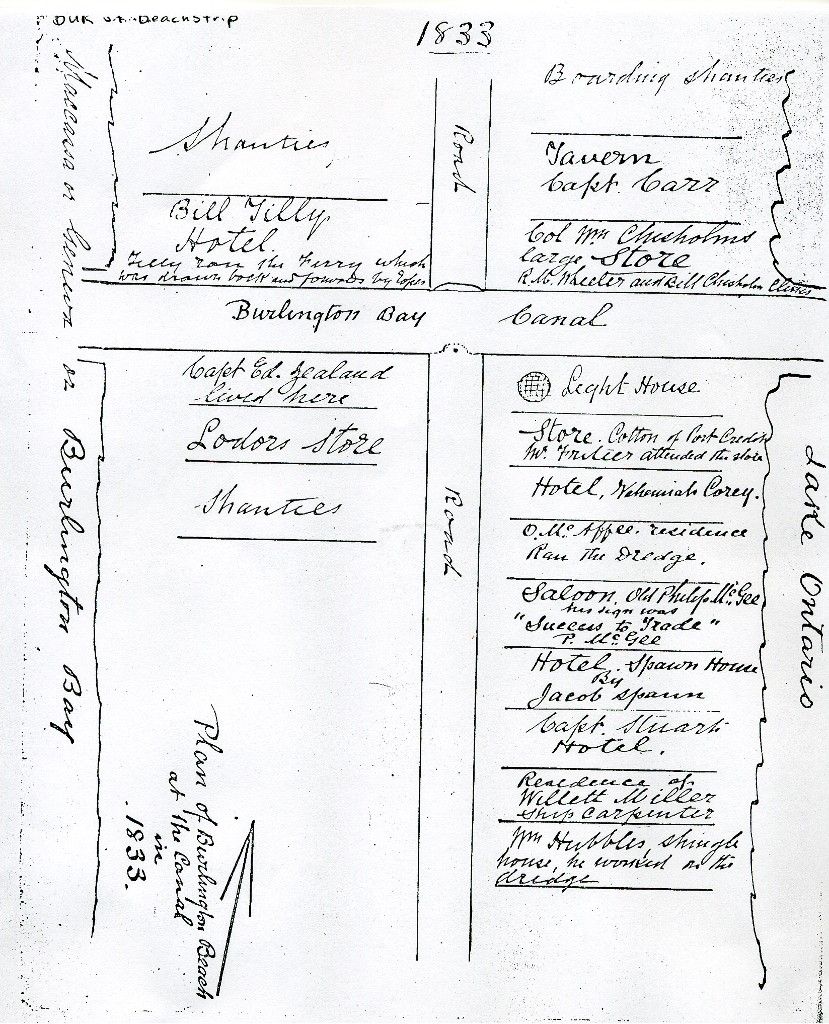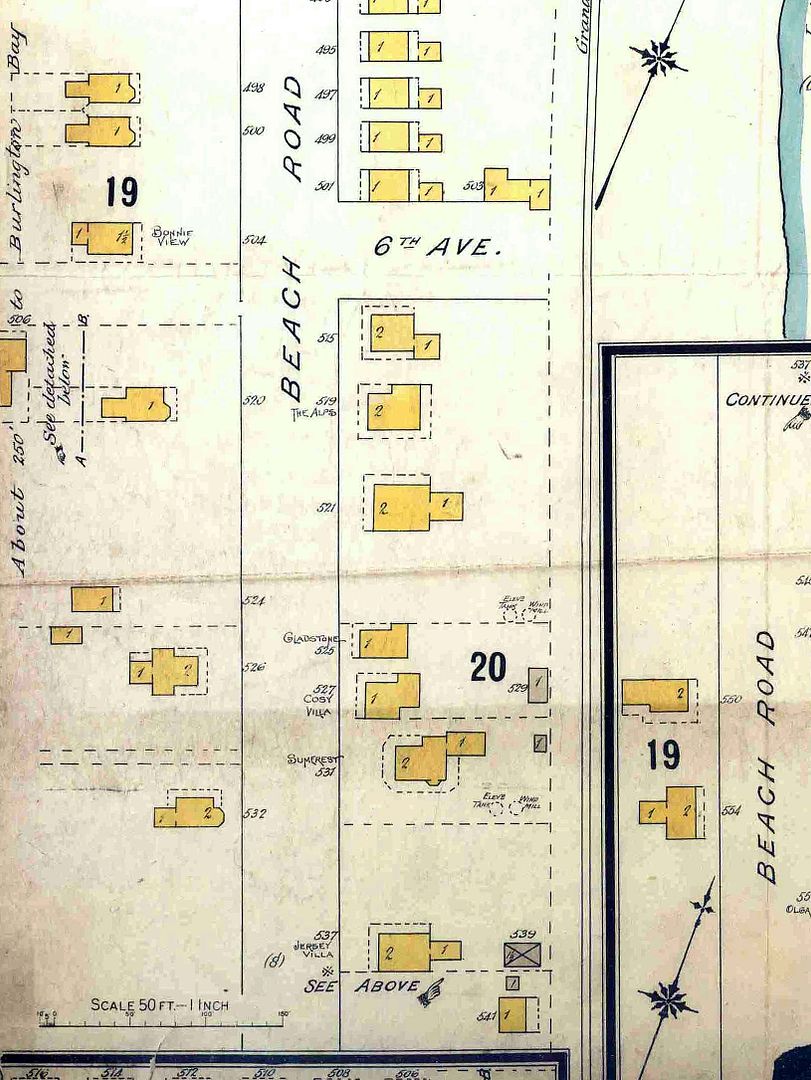This is a page off my site. I just found out I have a loop going and you can't get to the page online so I copied it. I have an interest in all sailing ships including the Stonehookers. Capt. Hall owned the P.E.Young for awhile and I would have put a picture up but it has to come off a URL and mine isn't working. So Scott why can't I upload from my computer?? LOL I DID NOT WRITE THE FOLLOWING.
The Fisher's of Stone
An account of the Hooker Fleet and its work
(A description of the vessels, implements and trade of the peculiar men who seeks for stones for their daily bread)
One of the most peculiar callings in existence is that of the "hookermen" or stone-fisher of Lake Ontario. In all probability it is the only place where such a calling is pursued, as it is only made practicable or profitable by the natural conditions of the country. Though it has attained quite an important position in the commercial sense by reason of its extent, there are probably few outside of the business that know much about it. The idea of a man enduring hardships and braving danger to make a livelihood by fishing for stones is rather novel.
Many passengers on the Macassa this summer will doubtless observe long lines of rough-looking schooners anchored off shore between here and Toronto, especially on fine, calm mornings. They lay there with their patched and blackened sails brailed up, swinging in apparent idleness at their anchors, while at some distance from them two or three solitary looking men in a scow angle with long poles, which they thrust into the water. These are the hookers at work. Their business consists in fishing up large and small stones from the bottom of the lake near the shore to be used for building purposes, and their principal ground of operation lies on the north shore of Lake Ontario, between Bronte and Whitby. The vessels engaged in the business are mostly scow-built (that is, flat at both ends) and schooner rigged, with a capacity ranging from two to ten toise of stone, a toise being about a cord. Some are rather handsome, well-equipped boats, and one that used to sail from Port Credit was said to have been a crack yacht at some former stage of its existence. On account of their heaviness, when loaded with stone, they carry long raking masts and an immense spread of canvas, which is all right as long as they are loaded, but makes them mighty cranky when running light in a gale. Their outfit consists of a large scow, long-handled iron rakes, sledge hammers and shovels. They make their headquarters at ports on the lake shore like Oakville and Port Credit, and any fine morning about 8:30, they may be seen stealing slowly out of port while the wind has not yet left its couch and the approaching daylight spreads its dusky brilliance over the mirror-like surface of the lake. Wrapped in a ghost-like shore mist, they float noiselessly down a mile or two and then the silence is broken by a hoarse command, there is a trampling of feet on the deck, the anchor drops with a splash, and the chains rush out after it with a hoarse growl. The captain and one man dressed in warm clothing, with high rubber thigh boots and waterproof aprons, jump into the scow and scull off towards shore. There are three methods of securing the stone, quarrying, raking and "blind stavling". Quarrying as its name implies, is simply going on shore and breaking away pieces from the low cliffs with sledge hammers or picking stone off the beaches. When raking, they move along within a short distance from the shore, where they can see the bottom and pick up the stones they find with the long-handled rakes or hooks. When stone is scarcer they move out into deeper water and drag their hooks along the bottom, pulling in all they catch. This is called "blind stavling". Under favourable circumstances a hookerman can make $40 to $60 per day, but, as may be supposed, such occasions are few and far between. As a matter of fact man and the elements conspire to make the hooker's life anything but a happy one. If the wind freshens up, as it usually does about 10 am it discolors the water so much in shore that raking is impossible, while the accompanying rough water makes blind stavling a hazardous employment. On the other hand the farmers along the lake shore have a decided objection to them removing the stone from the shore as the banks are weakened and liable to be undermined by the action of the water. The consequence is that some years ago the farmers got a bill put through the legislature to the effect that no hookerman should approach nearer than 50 feet from the shore under a penalty of not more than $50. Thus the unfortunate stone-fisher is placed between the devil and the deep sea as it were.
The stone is mostly fine limestone and is obtained in large squares. Every heavy gale from the east throws up large quantities of stone, but during the summer months the hookers pick the bottom of the lake near the shore almost bare. They dispose of the stone in Toronto, where it is used for building foundations and the price paid is from $8 to $9 per toise.
The hooker vessels very seldom find their way into Hamilton, but are occasionally seen at the beach. The writer has a lively recollection of a cruise on one of the boats some years ago that was productive of much healthy rough work with a lively spice of adventure in it. The hooker was one of the largest of her class, and she presented an unusual and interesting appearance when one evening she appeared, for the first time, in the harbor with a load of bricks from Oakville. She was scow built, with two handsome spars, on which hung canvas so seamed and patched to beat the march of time that hardly any of the original material remained. The virgin timber in her sides, scarred and bronzed like the weather-beaten check of some old campaigner, blushed through a sickly-looking pallor of primitive whitewash, to some extent diversified by long openings out in her bulwarks to facilitate the receival and discharge of cargo, which gave her a venerable though somewhat shattered appearance. You would imagine that she felt herself to be out of her familiar haunts, an alien among strangers, as she lay there tossing her broad, severely retrousse bow on the evening swell with a certain defiant air as through in contempt of the criticism of "city folk" generally. Near her stern was a small cabin like the top of an omnibus, and in her forward rigging were braced a number of large poles shod at the ends with spikes and hooks. Her top-sails and jibe hung in ungainly folds just as they had dropped when let go by the run, and her running rigging was bestowed about the deck in anything but a ship-shape fashion. It was a grand July morning when she sailed from Burlington piers to take up her old position with the "mosquito fleet". As she drifted slowly eastward before a light breeze the scene presented in the early morning was very fine. Away to the northeast lay the northshore--low, dark grayish clay banks, through which the layers of limestone protruded, surmounted by fine fruit farms and the darker, heavier foliage of the primeval "bush". As she sailed slowly past you could catch every now and again the sounds of life wafted by the hurrying sephyrs from the land--the shrill voice of the housewife calling the hands, mingling with the deep bass tones of the hired men chiding the lazy old horses as they tramped reluctantly out of the pasture, the clarion note of the cows and the low hum of the wind on the treetops, all the sounds blended and toned by the distance. Suddenly the wind dropped and soon entirely died away, leaving the old hooker heaving sloggishly on the long calm undulations that moved along the broad bosom of the lake, seeming to only want a little coaxing from old Boreas to break into an ugly sea. In a short time, however, the horizon, which before had been scarcely perceptible, was rapidly accentuated by a hard blue line like a thread of blue silk--stretching across its farthest visible bounds. The captain put the helm over, squirted a stream of tobacco juice over the quarter, and, looking at the crew, remarked in a speculative voice intended for a command, "Guess we'll shift the gaff tops'ls:. The "tops'ls" had scarcely been shifted when along came a rattling breeze from the eastward, and the hooker was soon chopping along, against a head sea. The boat was well handled and sailed to windward in good shape. The wind finally shifted to the northwest and stuck there, blowing freshly, and she headed direct for Oakville, the old vessel's flat bow throwing up a shower of spray as she pounded through the whitecaps, lying over till the galley stove upset. Early in the afternoon she passed the stumpy little white lighthouse that stood on Oakville pier, sturdily keeping its weather eye out to the open lake, and swept softly up the "creek" as she entered the basin her sails dropping off her one by one as though withered by the scorching breath of the hot land breeze. That night it blew a gale from the southeast, and in a short time the fleet of hookers that had been noticed stretching away in a long line up the coast to the eastward commenced to scatter, some flustering down before the storm to Oakville, but the majority making for Port Credit, which in addition to the advantage of having no Scott act, is a place where hookers most do congregate.
The stonehooker's life is a rather strange one. The boats usually go out in the earliest dawn and return to port about two in the afternoon, because by that time the wind makes the water too rough to work to advantage. Then the men slick themselves up and go up to the village, and if there is a picnic within a mile around they will go up to have a dance. As a class they are simple, honest and kindly. Their life is sometimes hard and dangerous, but some of the best lake seamen graduate in the hooker fleet.


